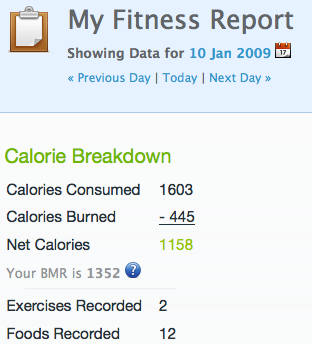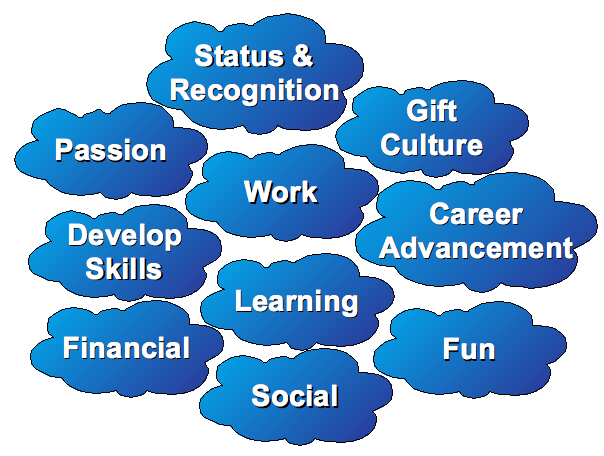I realized something very interesting about my computer usage patterns a few days ago. For most tasks, I use the GUI environment on my Mac, since I mostly live in my web browser, IM, Twitter apps, and RSS reader. However, my background as a sys admin takes over whenever I am doing certain tasks, despite the fact that I haven’t been a sys admin since the mid 1990s. I found that I shift to the command line automatically for any tasks that I associate with Unix. For example, to edit any configuration file, I’ll go to the terminal window and use vi without even considering editing it using the various text editors that I would use to edit almost any other file on my hard drive. I realized that context plays a very significant role in my computer usage.
When I talk about “context” throughout the rest of this post, I’m referring to the set of circumstances or facts that surround a particular event or situation.
Bear with me, I am going somewhere relevant with this discussion after one more minor diversion. I was talking to Amber Case a few weeks ago about the role that context plays in human memory. We tend to recall past memories more accurately if we are in the place where we first heard them or in a similar context. I started thinking about the role of context in my strange computer usage patterns. In a context that I associate with Unix or sys admin tasks, I revert to the command line without a second thought even for tasks that could be done as easily using a GUI tool.
I started wondering and thinking about the role that context plays in our social behavior as we interact in online communities and social networks. These online communities and social networks are the location or place equivalents of the local pub, coffee shop, library, or university, but in a specific online context. They are the places where we hang out (virtually) with friends, colleagues, family, and even strangers with common interests. We use our online communities and social networks to learn new things, gather information, and keep up with news about the other people in our lives. These are the new places that become the context for our interaction with people online.
I have noticed that I tend to behave and interact in very different ways depending on the community or social network that I am using. My interactions on Facebook, Twitter, and LinkedIn are very different. I use Twitter for conversations and sharing information with people; Facebook for finding non-work information about my friends, and LinkedIn for find work-related information. Realistically, I could send people messages using any of those social networks, but I tend to use Twitter to send messages to people and engage people in conversations; however, I have friends who would say that they primarily use Facebook to engage in conversations. I suspect that all of this comes back to context. We each associate certain activities with our personal context for that situation.
OK, so this is an interesting abstract topic, but what does all of this really mean? For anyone tasked with building online communities for your organization, you need to focus on creating a sense of place, like the neighborhood coffee shop, where people want to hang out and chat with other people who have common interests. Spend some time thinking about how to create an environment focused on discussions and connections between people. Provide other relevant information for your community members, but keep the community as focused as possible on the people and discussions that facilitate connections and interactions between those people. Let your community members develop a sense of place in your community and with it a meaningful context for their interactions within your community.
I would be very interested to hear from other people in the comments about the role of place and context in your interactions with online communities and social networks.
Related Fast Wonder Blog posts:


